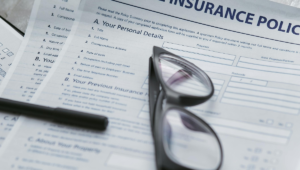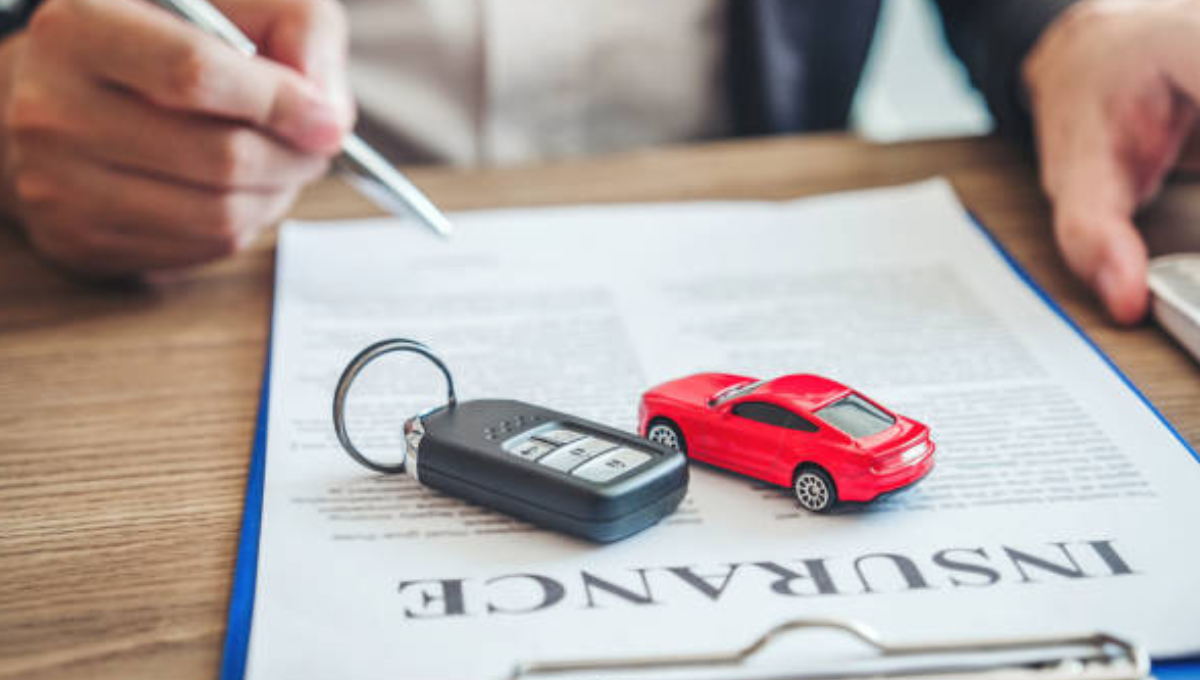Imagine you’re driving to work when, suddenly, another vehicle runs a red light and crashes into your car. The damage is severe, and you or your passengers might need medical attention. Who will pay for the repairs? What about the medical bills? This is where auto insurance comes in.
Auto insurance is not just a legal requirement in most states; it’s a financial safeguard that protects you from unexpected expenses. Whether it’s a minor fender bender or a major accident, having the right auto insurance policy can save you from financial hardship and ensure peace of mind.
What Is Auto Insurance?
Auto insurance is a contract between you and an insurance provider where you pay a premium, and in return, they cover certain financial losses related to your vehicle.
This can include damage to your car, liability for injuries to others, and medical expenses for you and your passengers.
Key Components of Auto Insurance
Auto insurance policies typically include different types of coverage, such as:
- Liability Coverage – Covers damages and injuries caused to others.
- Collision Coverage – Pays for damage to your car in an accident.
- Comprehensive Coverage – Covers non-collision incidents, like theft or natural disasters.
- Personal Injury Protection (PIP) – Covers medical expenses for you and your passengers.
- Uninsured/Underinsured Motorist Coverage – Protects you if the at-fault driver lacks insurance.
Why Do You Need Auto Insurance?
1. Legal Requirement
Most states in the U.S. mandate that drivers carry a minimum level of auto insurance. Driving without insurance can lead to penalties, license suspension, and even legal action.
2. Financial Protection
Accidents can be costly. Without insurance, you might have to pay out-of-pocket for vehicle repairs, medical bills, and legal fees. Auto insurance helps mitigate these expenses.
3. Protection Against Liability
If you cause an accident, liability coverage ensures that you don’t have to pay for the other party’s medical bills or property damage from your personal funds.
4. Covers Medical Expenses
Medical bills can pile up after an accident. Policies with PIP or medical coverage can help cover treatment costs, hospital stays, and rehabilitation expenses.
5. Safeguards Against Uninsured Drivers
Not all drivers carry adequate insurance. Uninsured/underinsured motorist coverage protects you if you’re hit by someone who doesn’t have sufficient coverage.
Types of Auto Insurance Coverage
| Type of Coverage | What It Covers | Who Needs It? |
|---|---|---|
| Liability | Damage and injuries to others | Required in most states |
| Collision | Damage to your car in an accident | Recommended for all drivers |
| Comprehensive | Theft, vandalism, natural disasters | Ideal for those in high-risk areas |
| PIP | Medical expenses for you and passengers | Required in some states |
| Uninsured Motorist | Accidents involving uninsured drivers | Highly recommended |
Factors That Affect Auto Insurance Premiums
Several factors influence the cost of auto insurance, including:
- Age and Driving Experience – Younger and inexperienced drivers often pay higher premiums.
- Driving Record – A history of accidents or traffic violations increases costs.
- Vehicle Type – Luxury and high-performance cars cost more to insure.
- Location – Urban areas with high accident rates have higher premiums.
- Credit Score – Many insurers consider credit history when determining rates.
- Coverage Level – More extensive coverage means higher premiums.
- Deductibles – Higher deductibles lower premiums but increase out-of-pocket expenses during claims.
How to Choose the Right Auto Insurance Policy
1. Assess Your Needs
Consider factors like your driving habits, vehicle value, and financial situation.
2. Compare Quotes
Different insurance providers offer varying rates. Shop around to find the best deal.
3. Check Coverage Limits
Ensure that your policy provides adequate protection, especially for liability and medical expenses.
4. Look for Discounts
Many insurers offer discounts for safe driving, bundling policies, or installing safety features.
5. Read the Fine Print
Understand exclusions, deductibles, and claim processes before purchasing a policy.
How to File an Auto Insurance Claim
Filing a claim after an accident involves several steps:
- Report the Accident – Notify your insurance company as soon as possible.
- Document the Incident – Take pictures, gather witness statements, and get a police report.
- File the Claim – Submit required documents to your insurer.
- Assessment and Repair – The insurance company will evaluate damages and approve repairs.
- Receive Compensation – Depending on your policy, the insurer will cover the costs after deductibles.
Tips to Lower Your Auto Insurance Costs
- Maintain a Clean Driving Record – Avoid accidents and traffic violations.
- Bundle Policies – Combine auto insurance with home or renters insurance for discounts.
- Increase Deductibles – Opt for a higher deductible to reduce monthly premiums.
- Take Defensive Driving Courses – Some insurers offer discounts for completing safety courses.
- Install Safety Features – Anti-theft devices and airbags can lower premiums.
Conclusion: The Importance of Auto Insurance
Auto insurance is more than just a legal requirement—it’s a vital financial safety net. Without it, a single accident could lead to thousands of dollars in out-of-pocket expenses. From liability protection to coverage for medical bills, auto insurance ensures that you stay financially secure in case of an accident.
Choosing the right policy involves understanding your needs, comparing quotes, and selecting appropriate coverage. By taking the time to research and invest in a good policy, you can drive with confidence, knowing that you are protected.







